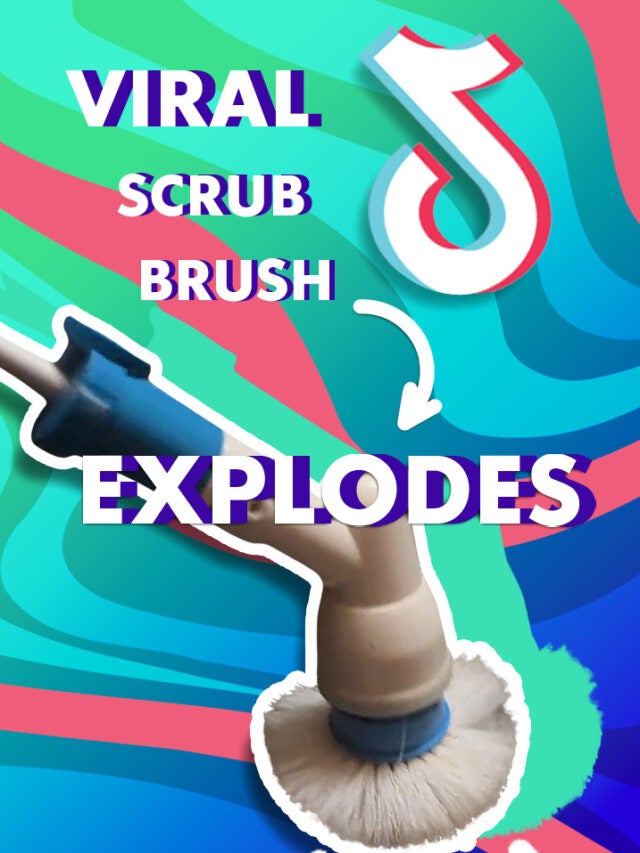So, you’ve invested in a Stihl backpack sprayer – a powerful tool for efficient and effective pesticide application, weed control, or even fertilizing your landscape. But owning a powerful machine is only half the battle; knowing how to use it effectively is crucial. This guide delves into the specifics of maximizing your Stihl backpack sprayer’s performance, ensuring you get the most from your investment and achieve professional-level results.
Understanding the Importance of Torque

Before we dive into the nitty-gritty of your Stihl model, let’s clarify the often-overlooked importance of torque. Torque, simply put, is the rotational force an engine produces. In the context of a backpack sprayer, high torque translates to consistent power, even when tackling thicker liquids or working uphill. A high-torque engine ensures the pump maintains a steady pressure, providing a smooth and even spray pattern – crucial for achieving uniform coverage and avoiding wasted product.
A low-torque engine, on the other hand, might struggle under pressure, leading to inconsistent spraying, reduced efficiency, and potentially even damage to the pump over time. When comparing Stihl models, or any backpack sprayer for that matter, paying close attention to the stated torque figures is vital. Don’t just focus on horsepower; the torque rating tells a more accurate story of real-world performance.
Stihl Backpack Sprayer Engine Options: A Closer Look
Stihl offers a variety of backpack sprayers, each with different engine specifications. These differences primarily come down to engine displacement (cc) which directly impacts power output and, consequently, torque. While Stihl doesn’t always explicitly list torque figures in their marketing materials, larger displacement engines generally equate to higher torque. You’ll find that their models range from smaller engines perfect for smaller jobs or delicate applications to larger engines capable of tackling extensive areas and thicker solutions.
To find the exact torque specifications for your particular Stihl model, consult the owner’s manual or Stihl’s official website. Looking for this data ensures you choose the right tool for the job, avoiding underpowered frustration or overkill for smaller applications.
Towing Capacity and Practical Considerations

While not all Stihl backpack sprayers are designed for towing, some models might have the capacity to pull along a small cart or other auxiliary equipment. If towing is a requirement, confirm this feature with Stihl’s specifications for the specific model you have or are considering. Remember that towing adds extra stress to the engine and the overall equipment. Always ensure you stay within the stated towing capacity to prevent damage and ensure safe operation.
Comparing Stihl to the Competition
Stihl’s reputation for quality and durability is well-earned, but it’s important to weigh the options. When comparing Stihl backpack sprayers with those from other manufacturers like Solo, Field King, or Chapin, consider factors beyond just the engine specs. Look at features like tank capacity, pump pressure, ease of maintenance, and overall ergonomics. The best sprayer for you will depend heavily on your individual needs and the scale of your projects. Online reviews can be invaluable in this decision-making process, helping you gain insights from real users who have put different models to the test.
Practical Tips for Efficient Spraying with Your Stihl Backpack Sprayer

Getting the most from your Stihl sprayer isn’t just about the machine itself; it’s about your technique. Here are some essential tips for optimal efficiency:
- Proper Mixture Preparation: Follow the manufacturer’s instructions for mixing your chemicals meticulously. Using the wrong ratios can affect the effectiveness of your treatment, and in some cases, damage your sprayer.
- Nozzle Selection: Choosing the right nozzle is vital. Different nozzles provide varying spray patterns (cone, flat fan, etc.) best suited for different tasks. Experiment to find what works best for your specific application.
- Maintain a Consistent Spray Height and Speed: Maintaining a uniform height and speed throughout the spraying process ensures even coverage. Avoid rushing, as this could result in uneven application.
- Overlapping Spray Patterns: Overlap each pass slightly to guarantee complete coverage and avoid missed spots. This is especially crucial for effective weed and pest control.
- Regular Maintenance: Clean your sprayer thoroughly after each use. This prevents build-up and ensures the longevity of your equipment. Consult your manual for specific maintenance recommendations. Regular maintenance also includes checking the engine oil, fuel levels, and inspecting the hose and nozzles for any wear or damage.
- Safety First: Always wear appropriate personal protective equipment (PPE), including gloves, eye protection, and a respirator when working with chemicals. Familiarize yourself with the safety guidelines provided by the chemical manufacturer and Stihl.
Conclusion: Unleash the Full Potential of Your Stihl Sprayer

Mastering your Stihl backpack sprayer is about understanding its capabilities, utilizing its features efficiently, and adopting effective spraying techniques. By understanding the importance of torque, carefully selecting the right model for your needs, and following best practices, you can ensure a long lifespan for your sprayer while maximizing its performance. Remember that regular maintenance and the right approach are just as crucial as the machine itself in achieving efficient and successful spraying operations.




